The Doomed Planets That Tell Us About Earth’s Future
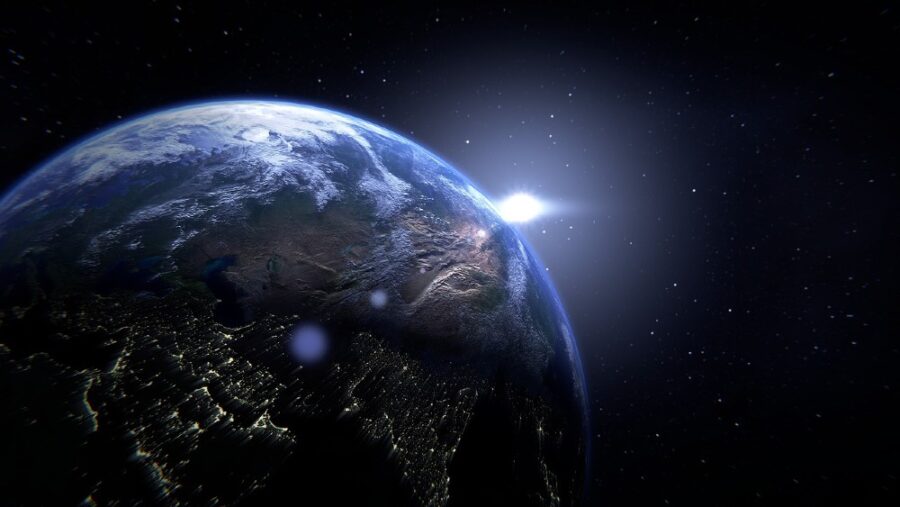
Will the Earth go out with a whimper or a bang? According to Science Alert, new research involving four exoplanets that orbit a star identical to the Sun may be able to tell us how the Earth is going to die. The good news? If these doomed worlds are any indication, we still have several billion years to worry about it.
4 Far-Away Planets Orbiting A Star Similar To The Sun Could Hold The Key To Earth’s Future
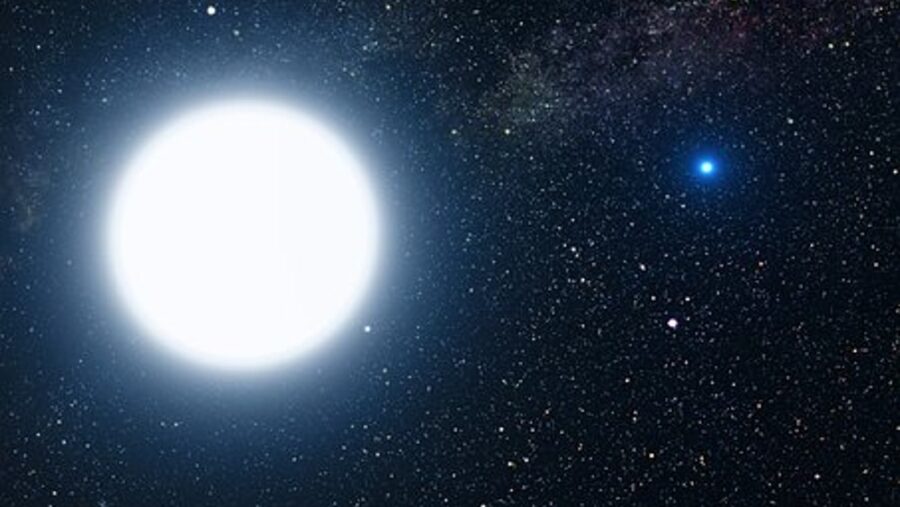
Approximately 57 light years from Earth, four doomed worlds revolve around a Rho Coronae Borealis, a yellow dwarf star the same as Earth’s Sun. The star is part of the constellation Corona Borealis and is close to the same size and brightness as our Sun. This makes it the perfect example for scientists to study in the pursuit of learning more about Earth’s future.
A new study appearing in The Astrophysical Journal presents the results of new research being done on these four doomed worlds and their relationship to their aging star. The paper titled “Planetary Engulfment Prognosis within the Rho CrB System,” was authored by Stephen R. Kane, a member of the Department of Earth and Planetary Sciences, University of California, Riverside.
The Age Of The Sun These Doomed Planets Orbit Allows Us To Estimate How Much Longer Until Earth’s Annihilation
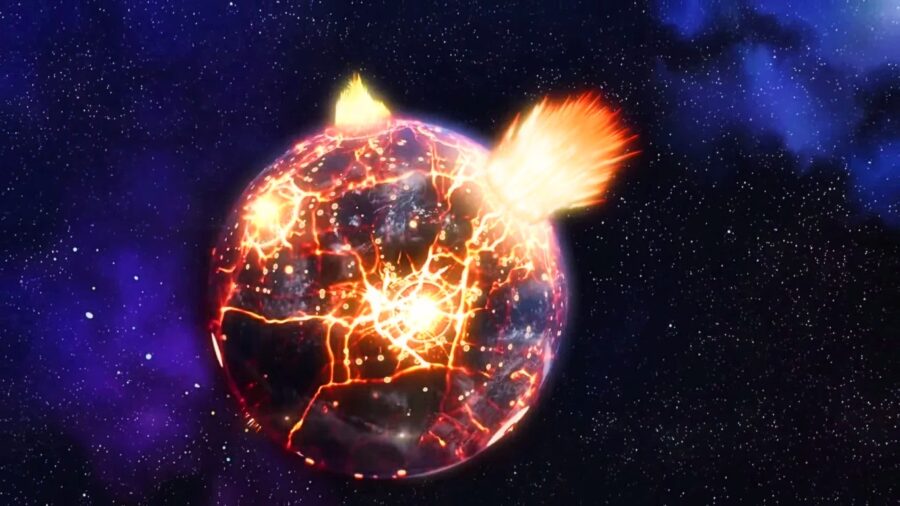
Kane writes of the carnage one would expect when an aging sun increases in size on its way from a dwarf star to a red giant. The doomed worlds can expect to face “tidal disruption” and eventually complete “engulfment by the host star.” In other words, a star basically turns into Marvel Comics’ Galactus as it ages and becomes the Eater of Worlds.
Kane used stellar evolution models to figure out that Rho Coronae Borealis will take about 1 to 1.5 billion to transform into a red giant. That means the doomed worlds surrounding it have plenty of time to brace themselves for utter annihilation. Given that Rho Coronae Borealis is already close to twice the age of our own 5 billion-year-old Sun, Earth can look forward to another 6 or so billion years of existence before the Sun eats us.
The Planet Most Similar To Earth Is Likely To Evaporate
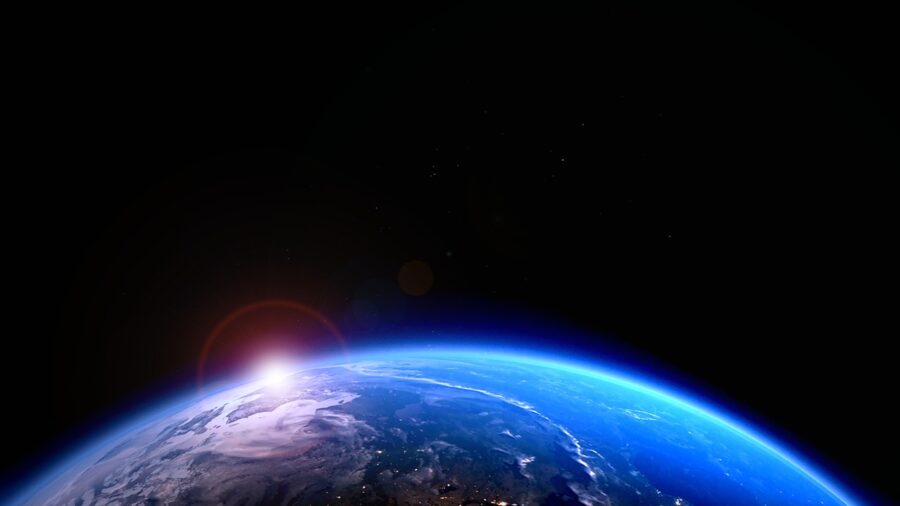
The four exoplanets that orbit RCB are named b, c, d, and e. Out of the four blandly named planets, e, b, and c are the closest to RCB, putting them in the most danger. When RCB enters Kirby mode, those three planets will be entirely devoured.
Planet e, the innermost of the doomed worlds, is the closest to Earth and will be the first to fall when Rho Coronae Borealis undergoes its transformation. It’s likely that e will simply evaporate as the star swallows it whole. All in all, it will be a quick death.
Not so for Planet b, the biggest of the four doomed worlds. With a mass of roughly 350 Earths, b is a big boy. As RCB’s atmosphere begins to expand, gravity will cause tidal disruption as the planet starts to breathe apart.
After Consuming The Planets, The Sun Will Become A White Dwarf
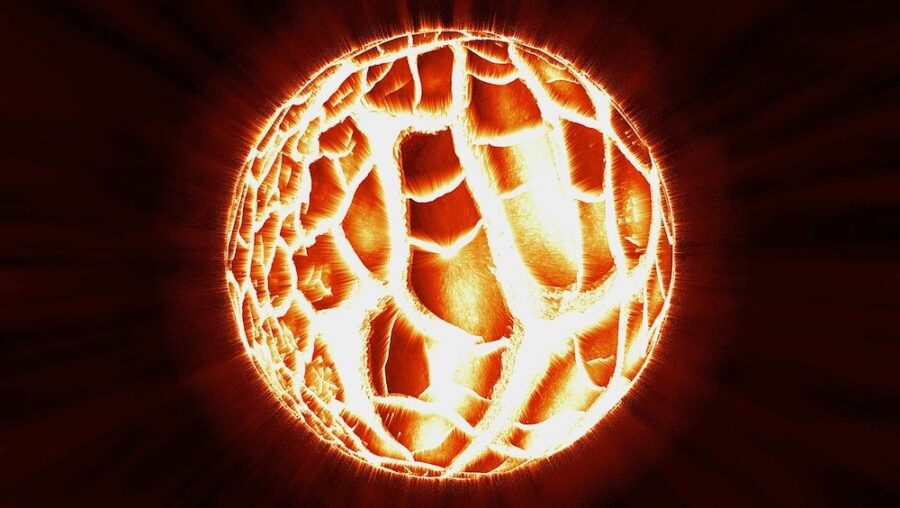
Meanwhile, the consumption of planet b’s scraps will cause RCB to grow even chunkier, sealing planet c’s fate. The now-swollen star would then swallow planet c, grow bigger still, and chow down on planet d. Eventually, with no more doomed worlds left to eat, the sun will collapse into itself and become a white dwarf.
When Can We Expect These Events To Happen In Our Galaxy?
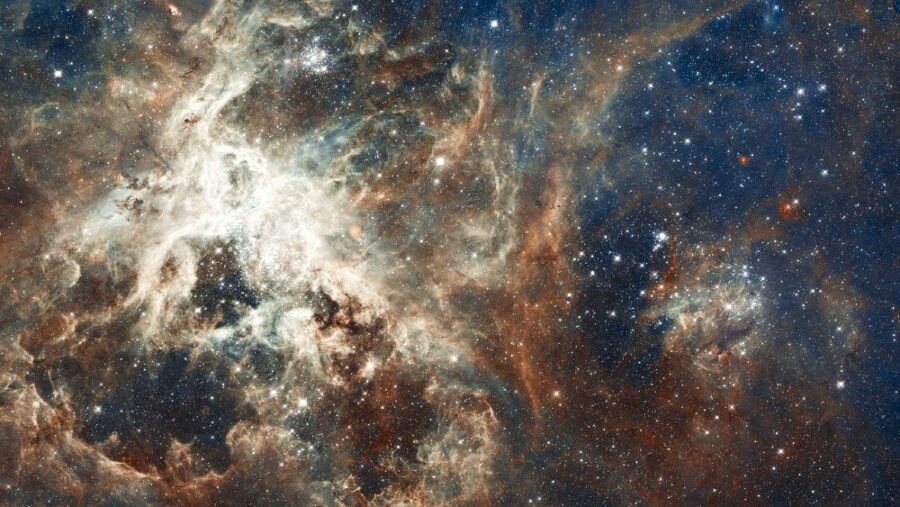
As scary as all that sounds, humans can take heart in knowing that we will most likely be long gone when our Sun finally gets hungry enough to eat the Earth. By that point, it will be the machine’s problem.












